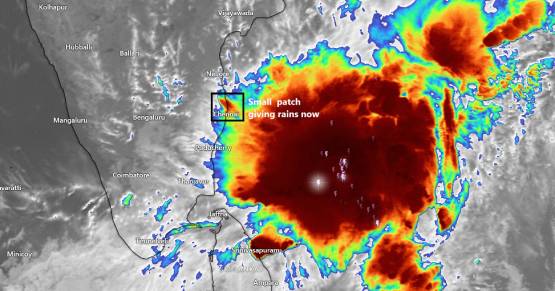Mass of Milky Way is 700 billion times that of our Sun, says research
Posted on: 02/Jun/2016 11:01:40 AM

Researchers from the McMaster University in Canada have said that the mass of our Milky Way galaxy has been estimated to be about 700 billion times that of our Sun. They have developed a new method to overcome the galactic challenge. The research appears in the Astrophysical Journal.
According to the researchers, The Sun has a mass of two nonillion (that is 2 followed by 30 zeroes) kgs, or 330,000 times the mass of Earth. And our galaxy is not even the biggest galaxy. Measuring the mass of our home galaxy, or any galaxy, is particularly difficult.
A galaxy includes dark matter which is a mysterious and invisible form of matter that has not yet been fully understood by scientists. But, astronomers and cosmologists, however, can infer the presence of dark matter through its gravitational influence on visible objects.
The researchers at McMaster used the velocities and positions of globular star clusters that orbit the Milky Way to study the mass of our galaxy and its dark matter component. The orbits of globular clusters are determined by the galaxy`s gravity, which is dictated by its massive dark matter component.
They have devised a technique for using globular cluster (GCs) velocities. The total velocity of a GC must be measured in two directions: one along our line-of-sight, and one across the plane of the sky (the proper motion).







